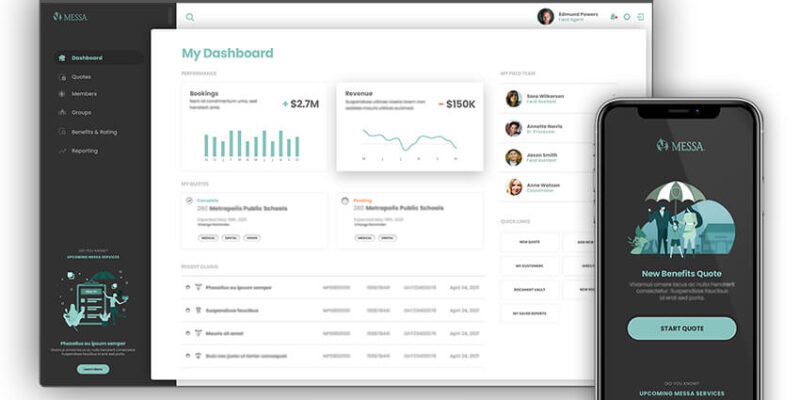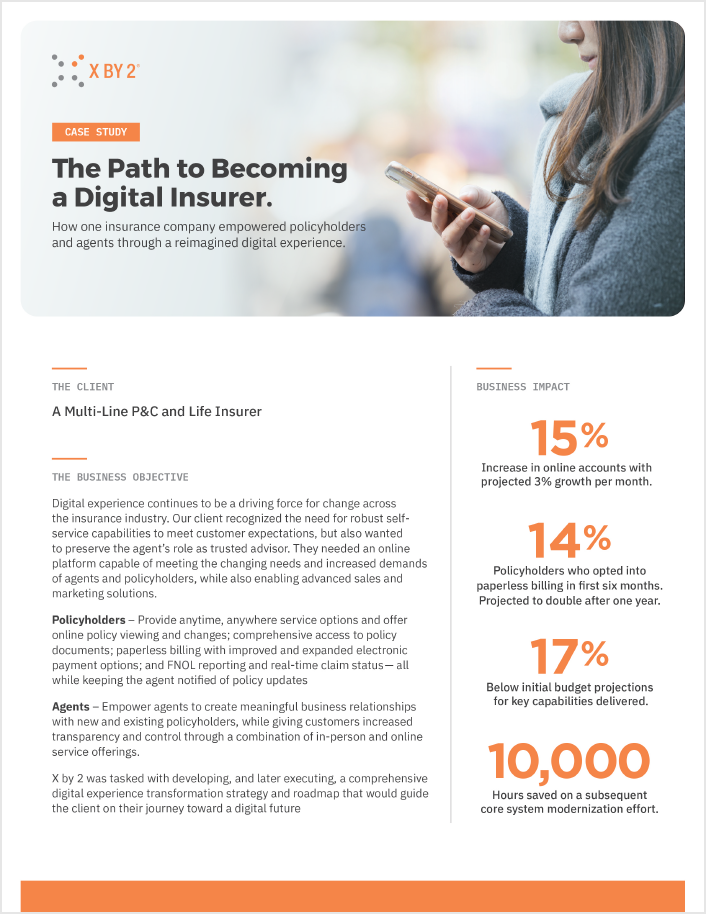In order to build on its success in an increasingly competitive and time-sensitive market, our client looked to deploy new capabilities to its agents while exploring new channels and market opportunities. The client needed the ability to bring new products to market quickly and efficiently, deliver self-service capabilities to independent agents, position itself for a future move into the direct-to-consumer sales channel and create a platform to enable cross-selling and up-selling across products and lines.
Unfortunately, the insurer could not achieve these objectives due to proprietary legacy platforms that prevented the quick response to new market and process opportunities. As a result, the client needed to convert its entire policy administration platform to a modern architecture, but lacked the internal knowledge to make an accurate technology assessment. Additionally, a highly matrixed organizational structure created the potential for friction among stakeholders, making consensus on key issues difficult to achieve.
As the project progressed the client’s IT and project leadership guided the efforts, made changes, and reshaped approaches with the aim of accelerating the launch. The client needed an objective external viewpoint of the project, including a review of the overall architectural approach and its use of the agile development process methodology.





